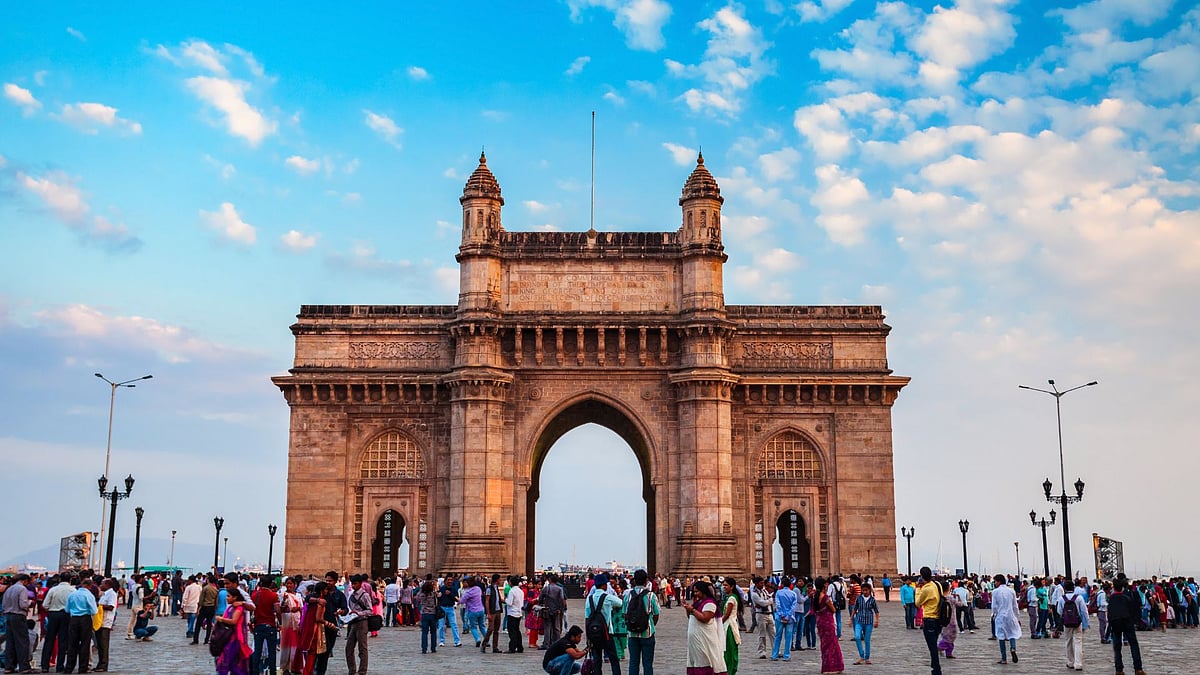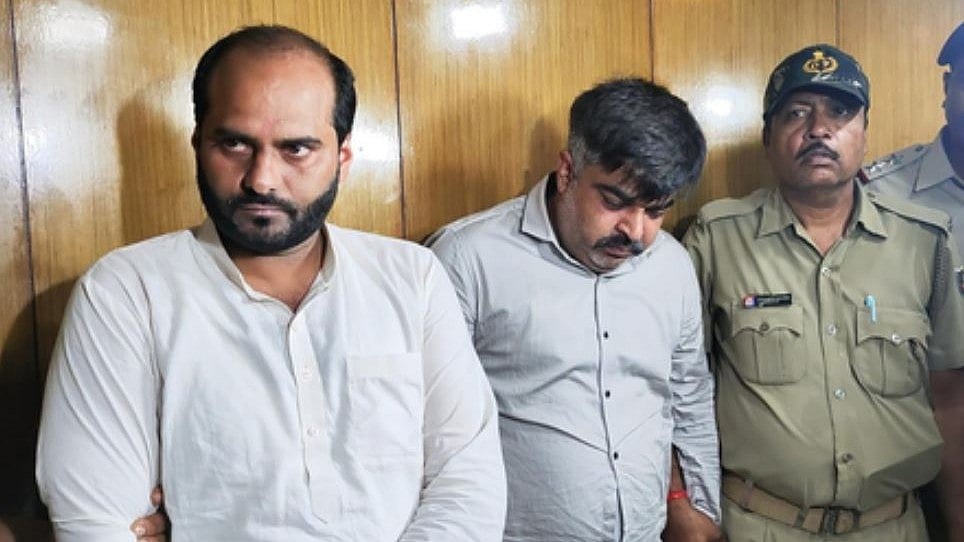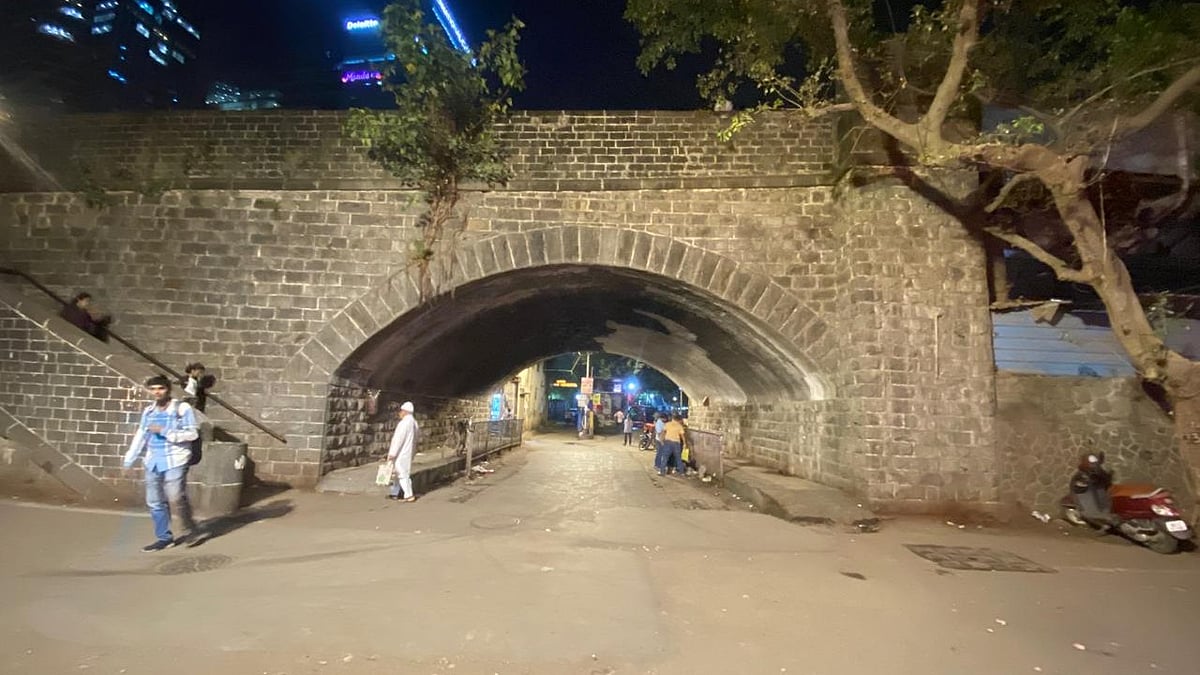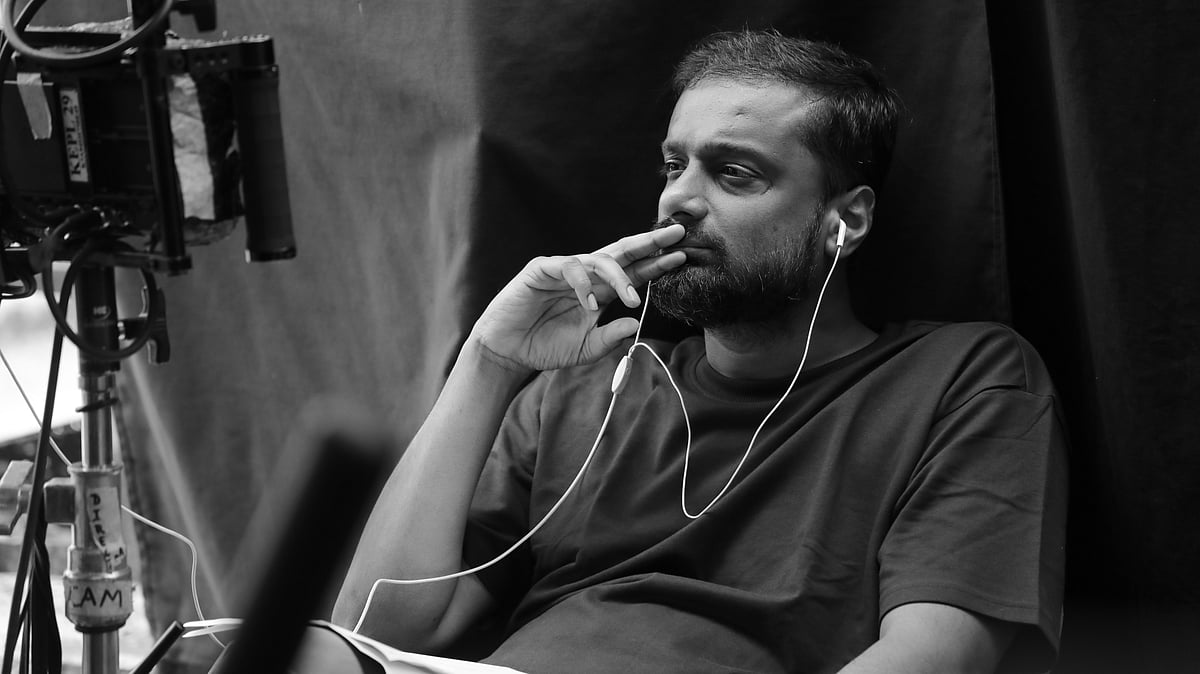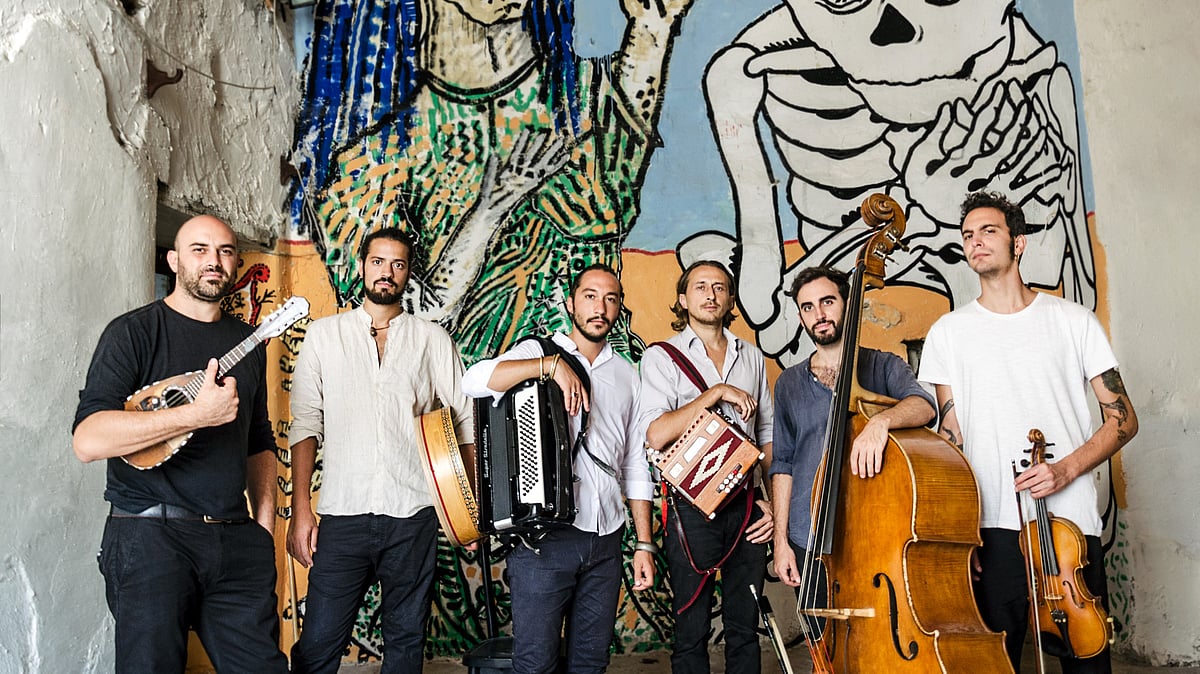Mumbai was shaped into a modern city by many communities. We know that Parsis, Jews, Marwaris, and Banias were among the many communities that contributed to the city's history. However, there are a few that are not as well-known as their role in the construction of the metropolitan. The Khojas, Bohras and Memons are among them.
“These communities are heavily involved in trade and commerce, and some of them specialise in a particular line of trade. All three of them were in cotton, opium, shipping, silk, along with other communities like Parsis, Bhatias, and Banias. There were several partnerships that were forged, cutting across community lines, so these three communities were an important part of the city’s commercial world. Members of these communities were involved in a higher proportion of trade across the Indian Ocean, which aided in the development of the city as an important trade centre. Besides, some families, like the Chinoys, ushered in the communication revolution by introducing the beam wireless system in India. The Currimbhoys owned a dozen cotton mills, and the family of Sir Ismail Yusuf owned one of the most successful shipping companies of its time,” says Khan.
Sir Fazal Curimbhoy Ebrahim was one of the most prominent businessmen and philanthropists of the city. Rabindra Hazari, an advocate, Bombay High Court, and historian, says, “Today, where Mukesh Ambani’s Antilia stands, was the Ismaili Khoja orphanage endowed by one of the most important Ismaili Khojas of the turn of the 19th Century, Sir Fazalbhoy Currimbhoy Ebrahim, first Baronet, who lived from 12th October 1839 to 26th September 1924.”
He adds, “Sir Curimbhoy Ebrahim was so important that during the visit of the Prince of Wales to India in 1905, Currimbhoy Ibrahim was knighted by the British Indian Government, which passed the Currimbhoy Ebrahim Baronetcy Act, 1913, whereby vast properties were vested in a trust to maintain the Baronetcy. However, there was extensive litigation as at the time of Partition, the third and fourth baronets migrated to Pakistan, with the Barronetcy properties being declared ‘Evacuee Properties’.”
The Gujarati muslims were also involved in the freedom struggle and politics of India.
Hazari says, “From May 1862 to June 1942, Ebrahim Rahimtulla was a politician and legislator in British India, who served as Mayor of Bombay, Chairman of the Fiscal Commission, and President of the Central Legislative Assembly. He was one of the founders of the Indian National Congress in 1885 and was elected from the Mandvi ward of the Bombay Municipal Corporation. Mumbai had a vicious plague epidemic in Bombay in 1896-97. Rahimtulla warned the British government of the dangers of plague before it happened. He and Sir Phiroze Shah Mehta worked tirelessly for the BMC, combating plague.”
Sameera Khan, a researcher of Muslim mohallas of Mumbai, says, “Members of the community were involved in the formation of the Congress party and even setting up the BMC. Most known among them was the Suleimani Bohra barrister Badruddin Tyabjee, who contributed to setting up Anjuman Islam.”
Khan talks about the colonial era in India and the community’s part, “In colonial India, the right to vote was restricted to individuals paying a certain amount of tax and owning properties. As members of these three communities were wealthy, they took part in elections in much higher numbers, even though they constituted a small percentage of the total number of Muslims in the city.”
The members of the community made immense contributions to the freedom struggle. "Umar Sobhani, whose family owned Elphinstone Mills, went out of his way to finance and collect funds for Gandhi. This ultimately led to his financial ruin. Abid Ali Jafferbhai, Yusuf Meherally, Abdul Rehman Mitha and many others were jailed for opposing the British," says Khan.
The women from the community were also active in social services and the freedom struggle. Khan says, “Kulsum Sayani, the mother of radio personality Ameen Sayani, was quite close to Gandhi. Similarly, Fathema Ismail established India’s first polio hospital in Mumbai, in which she was helped by Dr Gulabano Premji, the mother of Azim Premji. Women from the Tyabji and Currimbhoy families were also very active in the freedom struggle and social reform.”
A few of them also went on to achieve higher degrees. Sameera Khan says, “Atiya Fyzee, Bohra woman intellectual, was a writer and possibly the first South Asian woman to study at Cambridge University.”
The Gujarati Muslims of Bombay contributed to the development of the city. Their active role was not just seen in trade and commerce but also in social services, politics and the freedom struggle.
